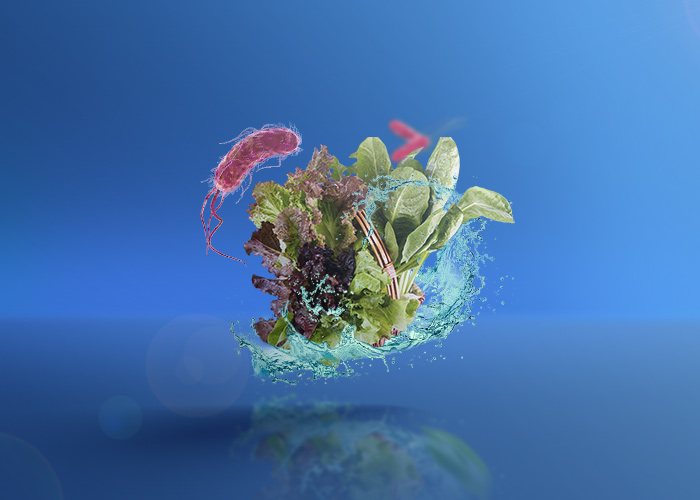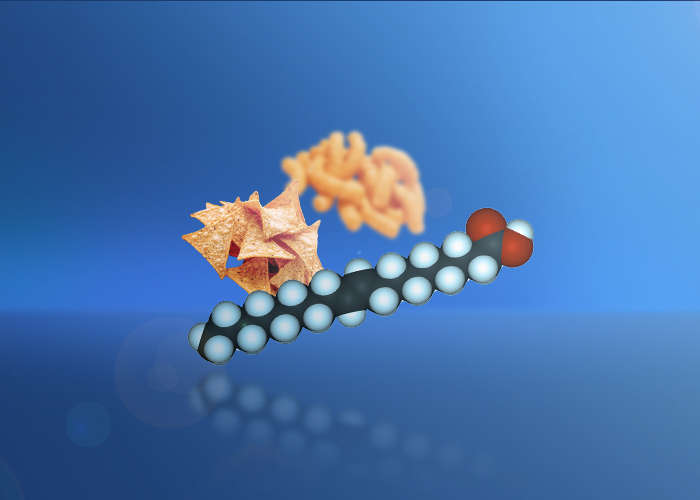Testing the amount of heavy metals in Marjan Khatam food laboratory
Accurate measurement of heavy metals in food is essential to ensure public health and safety and helps prevent consumption of contaminated food.
This requires accurate and sensitive analytical methods such as atomic absorption spectroscopy (AAS), which is able to identify and measure very low concentrations of heavy metals in samples.
The permissible limits of heavy metals in Iran are determined in the national standard number INSO 12968.
Since this standard is mainly a translation of Codex and European Union standards, it is possible to measure heavy metals in all kinds of food and drinking water for different purposes (research, export, import, etc.).
List of metals and heavy metals measurable in Marjaan Khatam laboratory
- Lead
- Cadmium
- Mercury
- Arsenic
- Copper
- Zinc
- Iron
- Tin
- Calcium
What are heavy metals?
Metals such as lead, mercury, arsenic, etc., which exist naturally in the soil, water and air, also enter the environment and food chain through human activities such as industry, agriculture, and mining.
In addition, heavy metals can enter processed food during the production and packaging processes.
Maximum residue limits (MRL) of heavy metals in food
The maximum amount of heavy metals existing in human and animal food, whose consumption in the short or long term does not cause harmful effects on human or animal health, is called the permissible residue limit of heavy metals. The link of its amount in each food item based on Iranian, Codex and European standards is given below:
Link to the Maximum residue limits (MRL) of heavy metals in food according to the national standard of Iran:
https://standard.inso.gov.ir/StandardView.aspx?Id=56571
Link to the Maximum residue limits (MRL) of heavy metals in food according to the European Union standard:
https://eur-lex.europa.eu/legal-content/en/TXT/?uri=CELEX%3A32023R0915
Link to the Maximum residue limits (MRL) of heavy metals in food according to the Codex standard:
https://www.fao.org/fao-who-codexalimentarius/thematic-areas/contaminants/en/
Entry of heavy metals into food
A- Entry through soil
In addition to the naturally presence of heavy metals in the earth's crust, natural resources and events such as volcanic eruptions and forest fires, erosion of mines and rocks also cause heavy metals to enter the soil.
Also, industrial and agricultural activities such as the use of fertilizers, pesticides and irrigation with wastewater are other sources of heavy metals entering the soil.
For example, phosphate fertilizers contain the heavy metal cadmium because this metal occurs naturally as an impurity in phosphate rock.
Other agricultural pesticides such as "Anthracol" fungicide contain heavy metals zinc, cadmium, and lead.
Another example is the herbicide "Molinite or Erdram" which contains heavy metals like zinc, cobalt, and cadmium.
The use of these fertilizers and pesticides cause heavy metals to enter the soil.
Industrial activities such as industries related to the extraction of mines and ash resulting from the burning of fossil fuels, for example coal are also other ways of heavy metals entering the soil.
The growth of plants and agricultural products in soils contaminated with heavy metals emanates the absorption of these metals through the roots and moving upwards through the wood vessels to different parts of the plants and finally the fruit, resulting in the accumulation in agricultural products.
B. Entry via water
Heavy metals may be found naturally in water in small amounts, but their concentrations have increased with human activities.
Different water sources such as underground and city water can contain different levels of lead, arsenic, cadmium, mercury, chromium and nickel.
The entry of sewage into agricultural lands and the waste of factories and industries such as textile, paint and medicine industry, ceramics and acid rain can cause water pollution and as a result cause pollution of fish and aquatic organisms.
On the other hand, the use of polluted water to irrigate agricultural lands also would cause the entry of heavy metals into fruits and vegetables.
As a result of rotting, wear and corrosion of solder joints and galvanized, copper and brass pipes, as well as galvanized water tanks, heavy metals such as lead are transferred to drinking water. Using this water to wash food ingredients and cooking or preparing baby milk can cause heavy metals to enter the human body.
C. Entry by air
Cadmium, lead, and mercury are common air pollutants that are mainly released as the result of various industrial activities.
Millions of tons of heavy metals enter the air every year, which have negative effects on the environment and human health.
The burning of fossil fuels and power plant fuel (such as diesel and coal) and industrial activities cause heavy metals to enter the air.
The presence of heavy metals in the air would cause their absorption and deposition in plants and agricultural products that lie outside the soil, especially in the leaves.
In addition, heavy metals present in polluted air can also cause water and soil pollution through raining and thereby contamination of the food.
D. Entry during the preparation and packaging of food
Considering the daily use of kitchen utensils for cooking and their direct connection with food, if they contain heavy metals, there is good possibility of transferring such metals to the food.
When using aluminum and ceramic pots, especially at high temperatures, increasing the cooking time and using acidic foods such as vinegar and vegetable oils can cause heavy metals such as lead and cadmium to enter the food.
In addition, if food grade colors (colors that do not transfer any chemicals harmful to human health to food) are not used in colored ceramic mugs, there is the chance of heavy metals entry to the coffee and tea.
In industry factories, if high-quality stainless steel is not used for the devices and equipment having direct contact with the food ingredients, or if such equipment is old, they cause food contamination with heavy metals during the production and processing stages. In addition, the water quality used in the factory during washing and preparation of food is of vital importance, or otherwise, the water would be another source of contamination of food with heavy metals. It should be noted that the heavy metals in agricultural products cannot be removed through washing and during food processing and production.
Also the presence of heavy metals in dust sitting on containers and the surfaces that are in contact with the food can cause entry of the metals to the food.
Paper napkins made from recycled paper and waste newspapers, packaging made from recycled paper such as disposable cups and dishes, pizza boxes, paper wrapped around sandwiches and chemical dyes used in packaging design can cause the transfer of heavy metals to food.
From the green color used in colored containers, heavy metals such as nickel, lead and chrome, from the white color, heavy metals such as cadmium, zinc and lead, from the blue color heavy metals such as copper and cobalt, from the red color heavy metals such as lead, Cadmium and copper, from the yellow color, heavy metals such as cadmium and zinc and from the black color, heavy metals such as cadmium and lead could be transferred to food.
Penetration of heavy metals into the human body
Humans are exposed to the risk of heavy metals through consumption of contaminated food and water, inhalation and skin absorption.
The food consumed during the day plays a role about 80-90% to the entry of heavy metals such as arsenic, chromium, cadmium and lead into the human body.
These metals may enter the human body through the consumption of agricultural products (such as fruits, vegetables, grains, etc.), drinking water, fish and seafood, processed food and even by consuming the products of animals that have fed on contaminated sources.
After heavy metals enter the human body, some of them are excreted through urine and feces, but since the absorption and storage of these elements in the body is faster than their excretion, they are stored in the liver, kidney, bone, and brain etc., leading to sever impacts on the human health. Among other things, they can cause cardiovascular problems, diabetes, birth defects, problems in fetal development, autism, cancer, etc.
Therefore, accurate measurement of heavy metals in food is essential to ensure public health and safety and helps prevent consumption of contaminated food.









comment